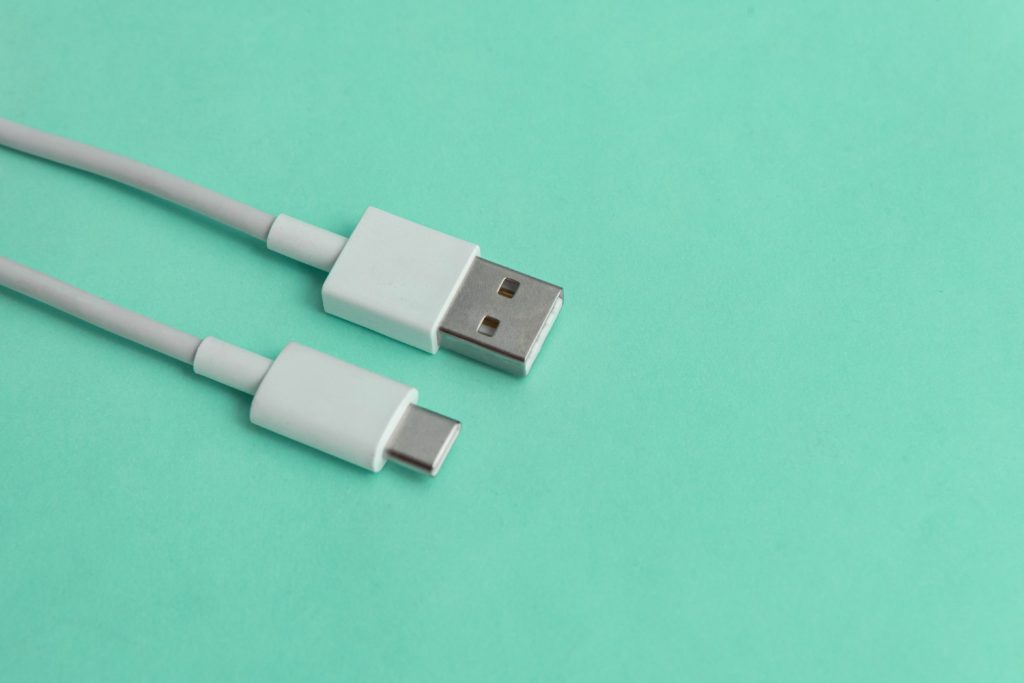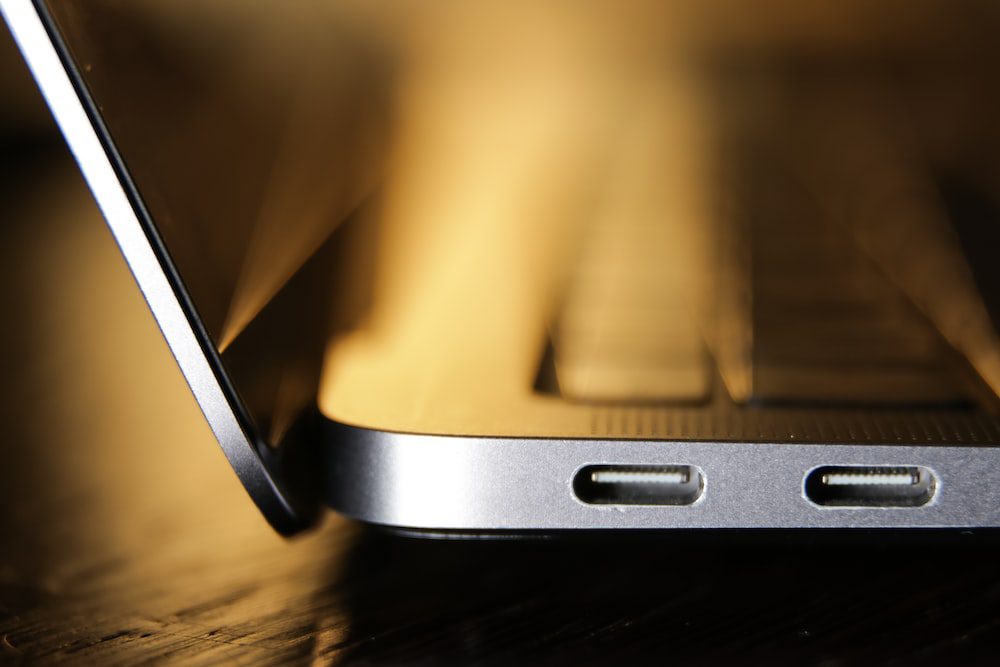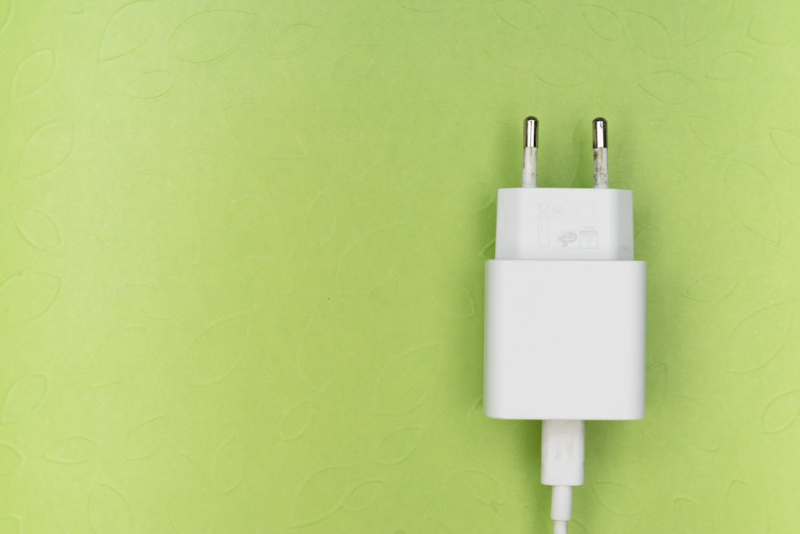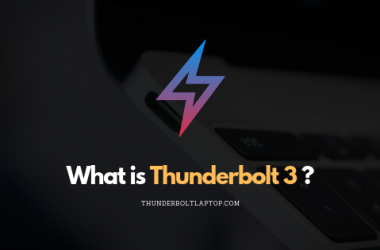Our dependence on electronic devices in the modern era has led to a sense of unease when confronted with a “low battery” alert. Fortunately, fast charging is a relief for users. However, the world of fast charging is complex because various methods are available for quickly recharging our gadgets. Further complicating matters, some manufacturers do not provide bundled chargers, forcing users to find their own charging solution. As a result, USB Power Delivery (USB PD) has emerged as a viable method for simplifying fast charging.
So, what is it, and why and how exactly it affects your day-to-day experience? Read on to know!
Table of Contents
What is USB Power Delivery?
Initially, all USB ports could only give a basic charge of 5 volts with up to 500 milliamps. The newer ones can do 5 volts and 900 milliamps. But this could be faster, especially for devices that need more power. USB-C ports can be set to provide 5 volts with 1.5 amps or 3 amps. This gives you up to 15 watts of power, which is a bit faster but still not super quick compared to other charging methods. This is where USB PD comes into the picture.
USB Power Delivery, also known as USB PD, is like a supercharger for gadgets. It works with all sorts of devices that use USB ports to charge up. Imagine it as a unique way of filling up your device’s battery much faster. Before this, we were operating in the era of a slower charging method called USB Battery Charging (BC), which was lackluster even back in the day.
USB Power Delivery is the secret sauce behind quickly juicing up smartphones, laptops, and much more. The USB PD fan club includes Google’s Pixel phones, Apple iPhones, and MacBooks. Even Samsung’s Super Fast Charging owes its awesomeness to USB Power Delivery.
The USB PD family has welcomed various other smartphones into its fold. For instance, the impressive charging capabilities of OnePlus phones are boosted by their Warp Charge technology and USB PD.
History of Power Delivery A bunch of USB 3.0 cables
Back in 2012, when the cool USB-C port was introduced, USB PD made its debut too. This was a big deal because it allowed devices to charge up really quickly. Before that, devices had their own different ways of charging, which could be confusing.
The first version of USB PD could give 60 watts of power at 3 amps, which is like using 20 volts. This was four times more powerful than the usual USB. Later on, USB PD got even better. It went up to 100 watts by increasing the amps to 5.
The early USB PD was a bit simple compared to the newer version. It had six different power levels for different types of devices. These levels provided specific amounts of power, like 10 watts, 18 watts, 36 watts, 60 watts, and even 100 watts.
But the USB PD journey didn’t stop there. The latest version, called USB Power Delivery Specification Revision 3.1 (a fancy name!), was announced in 2021. This version is like a supercharger on steroids because it can give a massive 240 watts of power through the USB Type-C port. This means it can charge even massive gadgets, like laptops, that need a lot of juice.
USB Power Delivery started small but became an absolute powerhouse for charging gadgets. This tech keeps improving, ensuring our devices keep up with our fast-paced lives.
Comparing Versions of USB PD:
A USB Type A to Type-C cable
USB PD 1.0: The Beginning
In 2012, a technology called USB Power Delivery 1.0 was introduced. It aimed to speed up device charging using a single USB cable. This upgrade had specific guidelines for the cables and plugs, ensuring they worked together effectively.
The key feature was its ability to provide varying amounts of power. It could deliver a modest boost of 5V with 1A or a more substantial increase of 20V with 5A. This versatility meant that devices could be charged much faster using USB cables compared to the older methods.
USB PD 2.0: A Step Towards Faster Charging
In August 2014, a new way of charging devices quickly was introduced – USB Power Delivery 2.0. This special tech works with the popular USB Type-C port that many devices use nowadays. While it doesn’t have other types of connections, it does a lot of cool things. It’s not just about charging; it’s also about sending data and even audio. With USB PD 2.0, you get different levels of power, like 5V at 3A, 9V at 3A, 12V at 3A, 15V at 3A, and 20V at 5A.
Interestingly, even though USB PD 2.0 was introduced in 2014, it didn’t really become popular until 2015 when Apple put it in their new MacBook. This made people notice how fast their devices could charge.
USB PD 3.0: A Big Upgrade
In November 2015, a new and improved version – USB Power Delivery 3.0- came along. This version was a big improvement over 2.0. There were three significant changes that made it better:
- It included more detailed information about the device’s battery.
- It could identify the device’s software and hardware version and even update them through USB PD.
- It added a certificate and digital signature feature.
Like USB PD 2.0, this version can deliver different power levels, like 5 volts at 3 amps, 9 volts at 3 amps, 12 volts at 3 amps, 15 volts at 3 amps, and 20 volts at 5 amps. The interface, which is like the connection, is the same too – USB Type-C.
USB PD 3.0 PPS: Even More Advanced
In February 2017, another update arrived – USB Power Delivery 3.0 PPS. This version built-up upon USB PD 3.0 and introduced a “programmable power supply” or PPS. In layman’s language, PPS is like a super smart way of controlling how much power goes into a device, giving your machine the energy it needs.
Like before, this version also provides power levels like 5 volts at 3 amps, 9 volts at 3 amps, 12 volts at 3 amps, 15 volts at 3 amps, and 20 volts at 5 amps. But here’s the cool part: it also has more specific power levels like 3.3-5.9V at 3A, 3.3-11V at 3A, 3.3-16V at 3A, 3.3-21V at 3A, and 3.3-21V at 5A. These numbers sound technical, but they mean it provides just the right power for different devices.
USB PD 3.1: The Latest and Greatest
The most recent update, introduced in May 2021, is USB Power Delivery 3.1. This version takes charging to the next level. It divides the power into two ranges – one is called “standard power range,” and the other is “extended power range.” The standard power range is like the usual USB PD 3.0, but the extended power range is even more powerful.
Just like its predecessors, USB PD 3.1 also offers power levels like 5 volts at 3 amps, 9 volts at 3 amps, 12 volts at 3 amps, 15 volts at 3 amps, and 20 volts at 5 amps. But now, there are some extra options, too, thanks to Adjustable Voltage Files (AVS for short) in the expanded power range, like 15V-28V at 5A, 15V-36V at 5A, and 15V-48V at 5A. This means it can handle devices that need a lot of energy.
And the best part? USB PD 3.1 can deliver a whopping 240 watts of power, making it the most powerful version yet. This improvement means faster charging and better performance for devices.
Comparing USB PD and USB BC
To have a better understanding of how each version of PD compares to each others, and to see just how much of an improvement we’ve seen since the days of USB BC, have a look at the table below:
| Version | USB BC 1.2 | USB PD 1.0 | USB PD 2.0 | USB PD 3.0 | USB PD 3.0 PPS | USB PD 3.1 |
| Release Date | 2010 | 2012 | 2014 | 2015 | 2017 | 2021 |
| USB Type | USB Type-A | USB Type-A, USB Type-B | USB Type-C | USB Type-C | USB Type-C | USB Type-C |
| Output Support | 5V, 1.5A | 5V 1A,
20V, 5A |
5V 3A,
9V 3A, 15V 3A, 20V 2.25A, 20V 3A, 20V 5A |
5V 3A,
9V 3A, 15V 3A, 20V 2.25A, 20V 3A, 20V 5A |
5V 3A,
9V 3A, 15V 3A, 20V 2.25A, 20V 3A, 20V 5A PPS: 3.3V-5.9V 3A, 3.3-11V 3A, 3.3-16V 3A, 3.3-21V 3A, 3.3-21V 5A |
5V 3A,
9V 3A, 15V 3A, 20V 3A, 20V 5A PPS: 3.3V-5.9V 3A, 3.3-11V 3A, 3.3-16V 3A, 3.3-21V 3A, 3.3-21V 5A AVS: 15-28V 5A, 15-36V 5A, 15-48V 5A |
It’s outright apparent that USB BC is far from PD 1.0, which debuted in the same year. With only 7.5W of max power delivery on BC (meh), it was a big jump when PD came around. The only real advantage USB BC had was support for USB type-A connectors (although PD also technically worked with standard USB Type-A ports, very few devices supported this functionality), which quickly faded away with the adoption of USB-C.
Benefits of USB Power Delivery

USB-C Ports on a MacBook Air
Simplifying the details for you, USB PD offers the following benefits over its predecessor: –
Higher power delivery: USB PD supports up to a maximum 240W of power, making it capable of charging even the most demanding gadgets such as beefy workstations and laptops.
Safer charging: USB PD uses a handshaking approach to confirm the optimal charging power level between gadgets and chargers, reducing the risk of device damage.
More flexibility: USB PD allows devices to negotiate for power levels, making it possible for USB power adapters to power more than one specific device at more optimum levels.
Faster charge times: By allowing devices to negotiate for power levels, USB PD makes it possible to achieve faster charge times.
Compared to other fast charging standards such as Qualcomm Quick Charge, Samsung Adaptive Fast Charging, Apple Fast Charging, Huawei SuperCharge, Motorola TurboPower, Oppo Vooc, and MediaTek Pump Express, USB PD is a universal charging specification that allows you to ignore the fragmented charger market altogether. It means you can use a single USB PD charger to charge multiple devices, even with different charging voltage requirements.

USB Power Delivery isn’t just about delivering a quick charge; it’s also about protecting our planet. By standardizing the charging process, it aims to say goodbye to the tangled mess of chargers and cables that often end up as waste. This move toward a single charging standard contributes to reducing electronic waste and supporting environmental well-being.
So, while it might be a tad frustrating when devices don’t come with chargers anymore, remember that in the grand scheme of things, adopting USB Power Delivery leads to a future where devices charge faster, and we all do our part in preserving our planet.
Wrapping Up
All in all, USB PD has been nothing short of revolutionary compared to what we had previously. Almost all mainstream devices support it out of the box nowadays, and you don’t have to think twice about compatibility issues. With so much flexibility, you can use the same power brick to juice multiple devices and save money too! Then there’s the ecological factor, too, if you care about it.
There are going to be more advancements as time passes by. Still, even today, USB Power Delivery has a very stable and flexible base, letting us plug anything that can be charged using USB into a standard charger. Its adaptability addresses the need for efficient, standardized power across devices, with the ability to negotiate power levels and provide a broad range of compatibility. Amid the rise of smart devices and connectivity demand, USB PD’s role in faster charging, optimized power use, and innovation solidifies its importance, ultimately making it a no-brainer for all USB devices alike.





